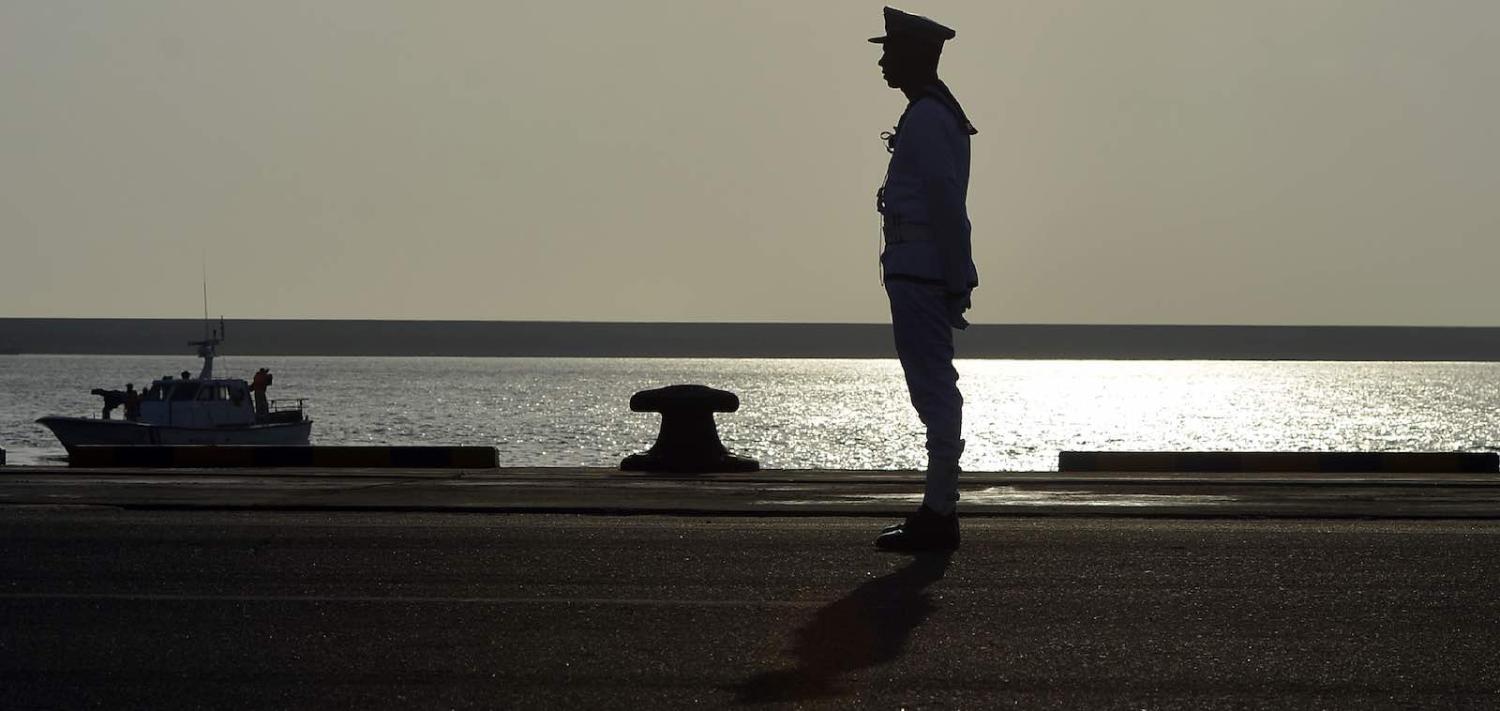The eastern Indian Ocean has become contested waters. The competition for position between China, India and the US is becoming ever more pronounced. But some recent developments indicate that Japan also intends to become an important security player in the region. Japan is back in the Bay of Bengal.
Japan has long had a clear understanding of the strategic significance of the Bay of Bengal – that it has a similar importance to the Indian Ocean as the South China Sea does in the Pacific. The dynamics in each space are different. But the point remains that, together, the Bay of Bengal and the South China Sea are the lynchpins that connect the Indo-Pacific.
Japan has long had a clear understanding of the strategic significance of the Bay of Bengal – that it has a similar importance to the Indian Ocean as the South China Sea does in the Pacific.
This is why the Japan International Cooperation Agency, or JICA as the country’s overseas aid agency is known, has been promoting infrastructure projects in the Bay of Bengal for more than a decade, providing more economically feasible and transparent alternatives to Chinese sponsored projects. It is part of Japan’s integrated strategy towards the Bay of Bengal that increasingly includes a Japanese security presence.
Japan works closely with India, its key regional partner. Japan is building infrastructure in India’s Andaman and Nicobar Islands, which lie astride the western end of the Malacca Strait at the entrance to the Indian Ocean.
Some see the islands as key to control of the eastern Indian Ocean, but in reality, there’s not a lot there. Japan is developing basic infrastructure such as reliable power and communications, including an optic fibre cable across the Bay of Bengal. This will support India’s planned build-up of naval and air assets in the islands, and possibly an undersea surveillance system to monitor submarines.
Japan has also been a big infrastructure provider elsewhere in the region, including through its US$200 billion infrastructure fund. In Myanmar, Japan is funding a new container port near Yangon (US$200 million) and a proposed new port and special economic zone at Dawei ($800 million). In Bangladesh, this includes a port and power station at Matarbari ($3.7 billion). These infrastructure projects are now being complemented by a maritime security program that will make Japan an important security player.
Japan’s military role in the Bay of Bengal – and elsewhere – is constrained by its constitutional restrictions on overt military assistance to other countries. Apart from some “civilian” projects undertaken by the Ministry of Defence, Tokyo must rely heavily on its Coast Guard, which sits underneath the civilian Ministry of Transport and is not subject to constitutional restrictions. It is in fact a large navy in its own right, deploying some 455 vessels, including 121 offshore patrol vessels of up to 9,000 tonnes, and around 74 aircraft.
The Japan Coast Guard has had a regular presence in the Bay of Bengal since 2000, as part of regular Sahyog-Kaijinexercises with the Indian Coast Guard, which now includes Sri Lanka and Maldives as observers.
Of course, the Japanese navy has been involved in operations in the western Indian Ocean for a decade as part of anti-piracy operations. This now includes operating part of an air base in Djibouti for Japanese maritime surveillance and transport aircraft.
Japan is now in the process of expanding its security presence in the Bay of Bengal, in some ways as an extension of existing security cooperation programs in the South China Sea. Over the last decade, Japan has provided considerable assistance in maritime security capacity building to Vietnam, the Philippines and others.
Tokyo has for several years provided low-key security assistance to Myanmar, which is now being expanded to Bangladesh and Sri Lanka. Japan is the largest aid provider to Bangladesh. It has previously donated two patrol vessels, and last week announced an A$35 million package to fund 24 coastal rescue craft for the Bangladesh Coast Guard.
An even bigger focus is on Sri Lanka, where Japanese navy and coast guard ships have visited some 70 times since 2008. This makes Japan the second most frequent naval visitor to the country after India, far exceeding Chinese naval visits.
Tokyo is stepping up this engagement as Sri Lanka becomes an ever-greater focus of strategic competition, including concerns over Chinese control of its southern port of Hambantota.
The Sri Lankan Coast Guard has just commissioned two 30 metre fast patrol boats, which JICA has funded. JICA has also given US$180 million to build two 85 metre offshore patrol vessels by Colombo Dockyard, Sri Lanka’s largest shipbuilding company that happens to be Japanese majority owned. There’s also speculation about the possibility of donating P-3C Orion maritime surveillance aircraft.
Japanese Defence Minister, Itsunori Onodera, visited Sri Lanka last month, where his itinerary included official visits to the ports of Colombo, Hambantota and Trincomalee. At Trinco he was met by the Japanese destroyer Ikazuchi. In a few weeks, Sri Lanka will also see a visit by a Japanese naval task group, led by the Japanese navy’s largest ship, the 27,000-tonne helicopter carrier Kaga.
Where this may lead is unclear. Colombo makes no secret of its desire for Japanese and Indian investment into its northern port of Trinco, to help balance Chinese influence. The economic feasibility of that project is questionable, but Delhi and Tokyo will certainly want to keep a footprint there (and exclude China from it). It is not clear what message was meant to be conveyed by Onodera’s visits to Hambantota and Trinco, but it is clear that Tokyo is watching very closely.
Whatever form Japan’s future security presence may take in Sri Lanka, an important conclusion to draw from these developments is that the Indian Ocean is likely to have a much more complex and multipolar future.
This will include several second order players, including Japan, jostling for position with India, the US and China.

